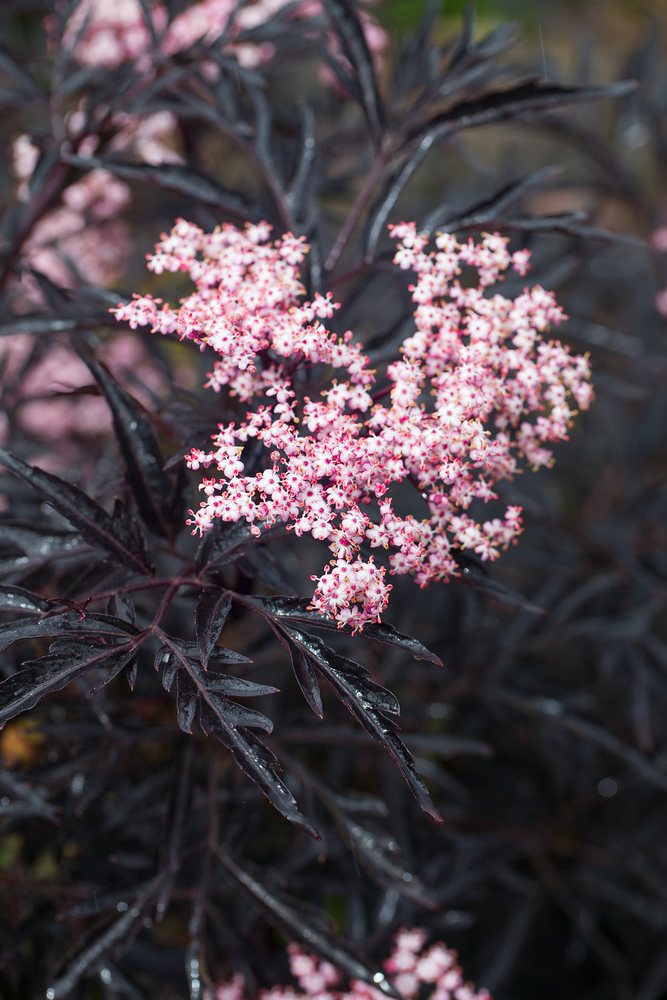Description
Sambucus is a genus of flowering plants in the family Adoxaceae. Commonly known as elderberries, Sambucus species are valued for their clusters of fragrant flowers and edible berries. They are native to various regions and are popular in gardens for their ornamental and culinary uses.
Climate: Sambucus species have varying climatic preferences. Generally, they thrive in temperate to subtropical climates with mild winters and warm summers. Some species are more cold-hardy than others. Choose species suitable for your specific climate and provide protection in extreme conditions.
Watering: Sambucus plants have moderate water needs. Water young plants regularly to establish a strong root system. Once established, they can tolerate drought but benefit from regular watering, especially during flowering and fruiting periods.
Soil Type: Sambucus plants prefer well-draining soil with a slightly acidic to neutral pH. They can tolerate a range of soil types, including loam, sandy soil, or clay soil. Good drainage is essential to prevent waterlogged roots.
Fertilizing: Sambucus plants benefit from moderate fertilization. Incorporate well-rotted compost or organic matter into the soil during planting. A balanced, slow-release fertilizer can be applied in early spring. Avoid excessive fertilization, as it can lead to excessive foliage growth at the expense of fruit production.
Pest & Diseases: Sambucus plants are generally resistant to pests and diseases. However, they can be susceptible to aphid infestations and powdery mildew. Regular monitoring and proper sanitation practices can help prevent these issues.
Pruning: Sambucus plants benefit from regular pruning to maintain their shape and promote healthy growth. Prune in late winter or early spring when the plant is dormant. Remove dead, diseased, or overcrowded branches. Older stems can be removed to encourage new growth and better fruiting.
Propagation: Sambucus plants can be propagated through seeds, cuttings, or division. Seeds can be collected from ripe berries and sown in containers in the fall. Semi-hardwood cuttings can be taken in summer and rooted in a well-draining medium. Some species can also be divided in spring.
Landscape Uses: Sambucus plants are popular choices for ornamental gardens, hedges, and wildlife gardens. They are also valued for their culinary use, as the berries can be used to make jams, syrups, and teas. The fragrant flowers attract pollinators, making them beneficial for biodiversity.
Cultivars: There are several cultivated varieties of Sambucus available, offering variations in growth habit, flower color, and berry size. Some popular cultivars include Sambucus nigra ‘Black Lace’ with deeply cut purple foliage, Sambucus racemosa ‘Sutherland Gold’ with golden-yellow leaves, and Sambucus canadensis ‘Adams’ with large clusters of dark berries. These cultivars provide options for different design preferences and can enhance the visual and edible appeal of your garden.


